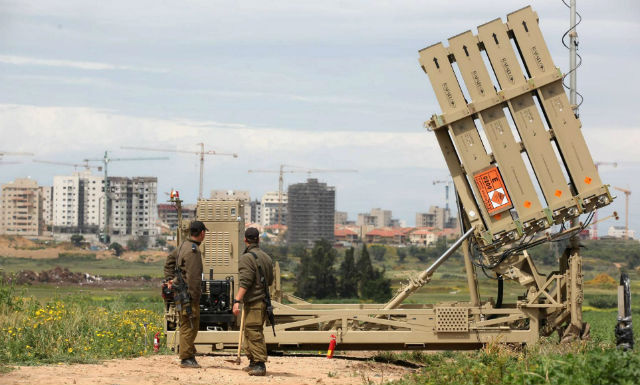Israel's air force is upgrading its early detection system for rockets launched into the nation's territory.
Detection systems at the service's main ballistic picture centre will be replaced with a newer version that will allow for the detection of 99% of the rockets and missiles launched towards Israel. The equipment will specifically scan an attacked area, meaning that fewer false alarms will be sounded and reducing disruption to civilians.
"This new system is a great advancement; it will give a better solution to all levels of operations and detection issues," says Maj Offir, commander of the main ballistic picture centre. "It is a control system managed by sensors and was invented by the Israeli air force and industry. It will replace the older system very soon," he told the Israeli air force magazine.
One of the main system improvements is the ability to have a more precise evaluation of the area under attack within Israel. This will allow earlier alerts to be activated in specific zones.
Meanwhile, Rafael and the Israeli air force have successfully tested an upgraded version of the service's Iron Dome rocket interceptor. Tested earlier this month, the enhanced system is designed to shoot down rockets at greater ranges: a key requirement, as Israeli intelligence data suggests that Hezbollah militants in Lebanon have acquired longer-range weapons from Iran.
 |
|---|
Rex Features |
The mobile Iron Dome system (above) is currently capable of intercepting short-range rockets and artillery shells, detonating their warheads away from a defended population area. With an existing range of up to 38nm (70km), it proved highly effective during a nine-day conflict with Hamas militants inside the Gaza Strip last November. An overall success rate of 84% was reported, with 421 rockets intercepted during the Pillar of Defense operation.
Source: Flight International
















